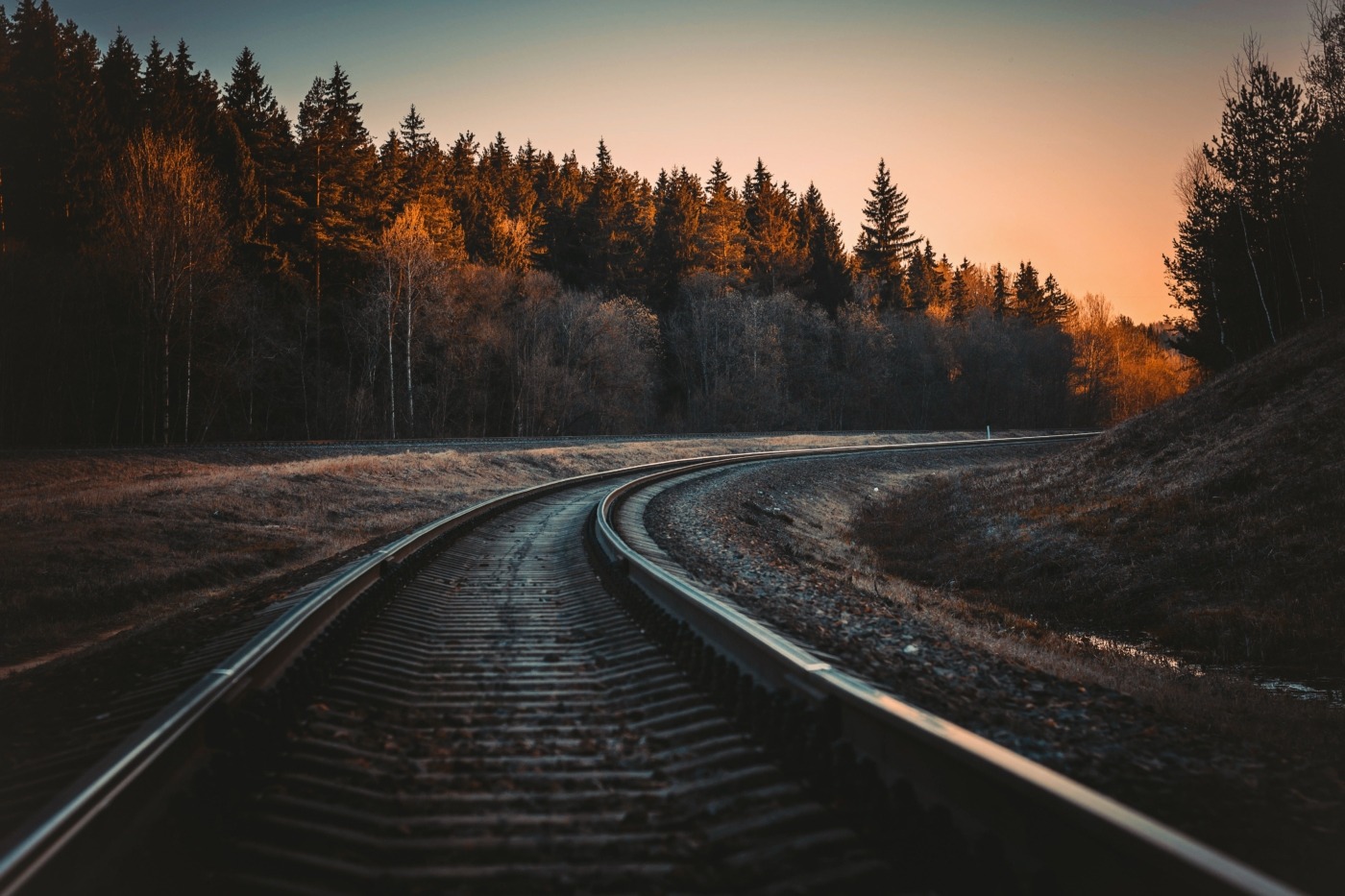Does interrailing still work?
If, like me, you marched off to uni without a second glance, only to witness your friends exploring the world, you must be wondering what kind of travel is possible during your years as a student. Realising what a substantial summer holiday we had ahead of us, my brother and I decided to save up and go interrailing last September. I’m so glad we did.
The pass
We took advantage of Interrail’s discount offer (in the wake of Brexit) and purchased a travel pass for £250 each, granting us 10 days of exploration within a month. The Interrail Pass does restrict how far you can travel. However, you can only manage to visit so many countries within a month!
We devised a route that took us to Eastern European destinations, before flying home from Budapest. The flight did add a frustrating increase in overall cost, thanks to Ryanair. I vow never to fly with them again. However, this did mean that we could journey east without having to loop back home via Interrail.
Interrail required us to buy seat reservations for our journey, but the clarity about this on the company’s website was abysmal. The truth is you only need to reserve seats for trains marked ‘Reservation Required’. You need not reserve those marked ‘Reservation Recommended’. This reservation process is infuriating, simply due to rail services growing stricter and perhaps a reluctance from these companies to participate in Interrail.
As such, it’s worth checking out various sources of information as you organise your journey, just to make sure that all goes to plan.
Planning the journey
We aimed to explore atypical destinations, reflecting the ‘gap year’ plotted path.
Leaving St. Pancras, we headed for Annecy (France) and then Zermatt (Switzerland). These destinations were followed by Verona (Italy), Bovec (The Soča Valley in Slovenia), Rijeka (Croatia), Siofok (Lake Batalon, Hungary), Vienna (Austria), Bratislava (Slovakia) and finally Budapest (Hungary).
We cultivated our train itinerary by using the timetable provided on Interrail’s website. We reserved some seats in advance and stayed in hotels booked through an app called ‘Hostel World’.
Sadly, planning our journey through Interrail was not easy. The information provided on the company’s timetable was inaccurate by an hour. As such, we were working from an incorrect timetable for much of the way. We turned to the Euro Trainline app and Google for train times where Interrail had failed us.
Notably, Slovenia was accessible via bus. We managed to reach the country but it would have been helpful to have information such as this provided by Interrail.
The trip
Annecy was a delight. We loved how secret it felt, swimming in the Lac d’Annecy (Europe’s cleanest lake) and climbing one of the Alps to take in breath-taking views.
Zermatt was equally charming but catastrophically expensive. Cooking our own meals was economical. However, we’re only human and we did eat out in each destination at least once. The further east we travelled, the cheaper eating out became.
Slovenia was incredible: the Soča Valley is unmissable if you happen to be in Eastern Europe. White water rafting on the emerald Soča River is an unforgettable experience and the Alpine landscape of Europe is a joy to take in.
We ended our trip by exploring a trio of cities: Vienna, Bratislava, and Budapest. Each destination surpassed what few uninformed expectations we held prior to arrival.
Vienna was particularly impressive. There, we found some Aussie friends from a hostel we had previously stayed in. We walked with them through vineyards, ending the evening by watching the opera on a big screen outside the city’s Opera House for free.
Interrailing was exactly what we had hoped for: it gave us a taste of what kind of travel is possible during our university years. We visited waterfalls, climbed mountains and explored cities, all in temperatures of around 30 degrees.
I profoundly recommend travelling in Europe. Interrailing is an ideal, albeit logistically challenging, way to explore the continent.

Comments
Comments are closed here.